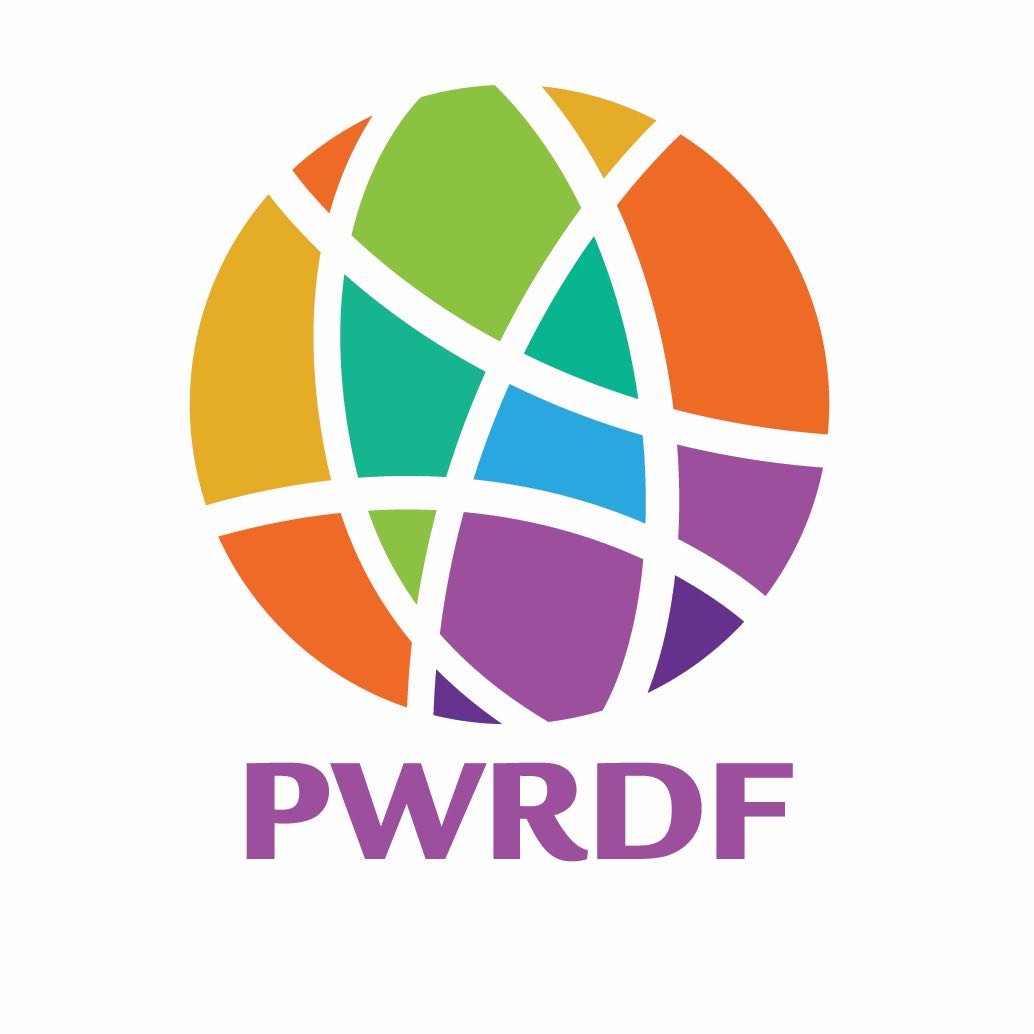In the early 1990s, while I was conducting research on women’s storytelling in Zimbabwe, a young man approached me in a village market, saying, “You must think we are really backward here in rural Africa.”
Noticing his plastic bag, I said, “Someone brought that bag from Harare (the capital city), now you’re using it, and will reuse it again and again. We call that idea recycling, and we are just learning how to do that in North America. We have much to learn from you.”
Similarly, many PWRDF projects in the developing world are applying climate change strategies from which we in North America could learn. PWRDF staffer Richard Librock describes these in an article called “Cooling the planet in Zimbabwe,” and demonstrates how PWRDF is working together with TSURO Trust to help Zimbabwean farmers “adapt to climate change and meet their families’ basic needs” in the beautiful Chimanimani highlands.
Librock explains three strategies that use water to help “cool the planet” and protect it from “higher temperatures, drought and wildfires, storms, floods…[and] hurricanes.” I invite you to explore these with me.
Sinking Raindrops Where They Fall
Keeping rain where it falls works best with ground cover like grasses, trees, or bushes. When this is not possible, TSURO uses other means to trap water: digging infiltration pits, building rock walls (rock gabions), or creating contoured retaining walls (stone bunds).
Practising Planned Grazing with Communal Herds
Amalgamating small cattle herds into a large communal herd and practicing planned grazing have also been effective. Planned grazing allows some fields to recover while others are being grazed. But, amalgamated herds also have social and economic benefits: boys, who used to tend small herds, are able to attend school, and women, who used to work as unpaid labour, are able to earn a living from herding, and even own their own livestock.
Keeping Carbon in the Soil
Lastly, Librock shows how effectively managing vegetation can significantly reduce the heat from greenhouse gases. Instead of increasing carbon by letting grass wither and die or burning it during the dry season, he suggests having cattle graze the grass and deposit it as dung, then letting organisms like dung beetles work the carbon back into the soil. This rids the air of excessive carbon while improving the quality of grass for grazing, as it allows roots to grow deeper, traps more water, and extends the growing season for grass.
These three principles can also be successfully implemented in North America. However, what is most amazing about this method of agro-ecology in Zimbabwe, is that it is occurring in a country with decades of corrupt government, and most significantly in a country with a current inflation rate of 480%! If Zimbabweans have the hope and courage to attempt to prevent the negative effects of climate change, can’t we do likewise, or at least support their efforts?
To support this and other Primate’s World Relief and Development Fund (PWRDF) projects, go to https://pwrdf.org/give-today/ or donate through your local parish.
For Librock’s more detailed discussion, see https://pwrdf.org/cooling-the-planet-in-zimbabwe/


